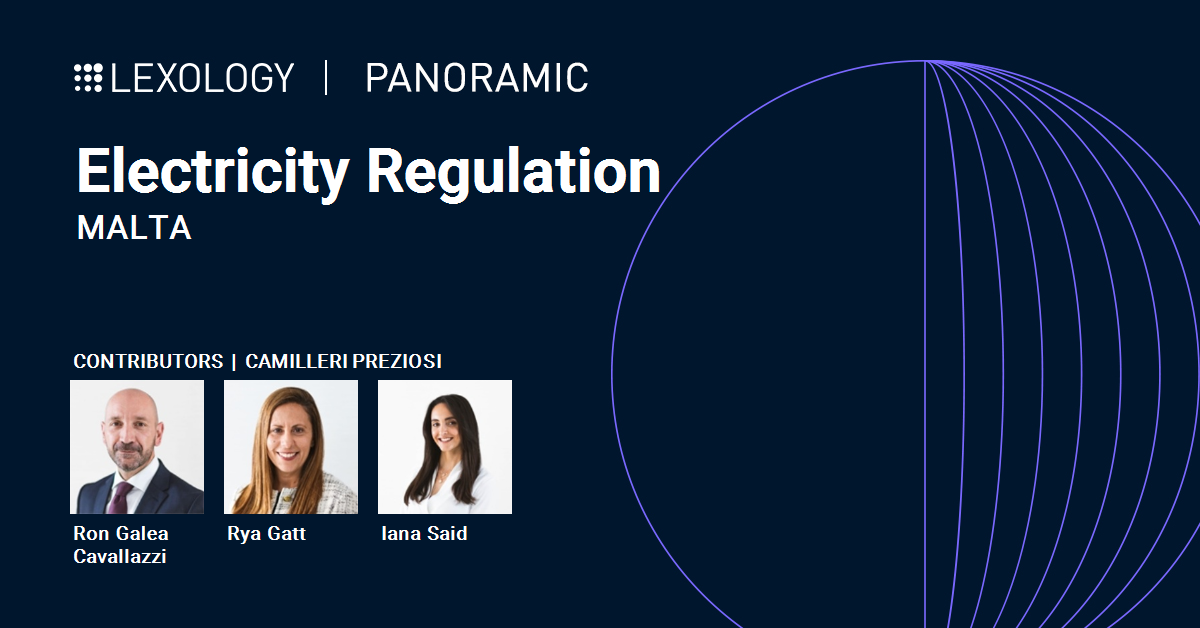In September 2019, the European Securities and Markets Authority (“ESMA”), in fulfilment of the European Systemic Risk Board recommendations to address liquidity and leverage risk in investment funds, published its final guidelines on liquidity stress testing (“LST”) in undertakings for the collective investment in transferable securities (“UCITS”) and alternative investment funds (“AIFs”)(the “Guidelines”).
The purpose of the Guidelines is to increase the standard, consistency and, in some cases, the frequency of LST which are already undertaken and to promote the convergent supervision of LST throughout the EU. Below is a brief overview of the Guidelines which are applicable to managers and depositaries of UCITS and AIFs:
Guidelines applicable to managers
Amongst others, the guidelines applicable to managers are the following:
- In building LST models, managers should determine the risk factors that may impact the fund’s liquidity; the types of scenarios to use and their severity; the different outputs and indicators to be monitored based on the results of the LST; the reporting of LST results, outputs and indicators to management; and how the results of the LST are used by risk management, portfolio management and by senior management;
- In order to employ the appropriate LST, managers should have a strong understanding of the liquidity risks arising from the assets and liabilities of the fund’s balance sheet and its overall liquidity profile;
- LST should be integrated into the fund’s risk management framework supporting liquidity management; and
- The LST policy of AIFs and UCITS should include inter alia: regular reporting of LST results specifying the frequency and recipients of the report; the circumstances requiring escalation including when liquidity limits are breached; the types and severity of stress tests used; and the frequency at which the LST is carried out. In this respect, LST should be carried out at least annually but it is recommended that LST should be carried out at every quarter of the calendar year or more frequently depending on the fund’s characteristics.
Guidelines applicable to depositories
A depository should ensure that it has in place appropriate verification procedures to check that the manager of the fund has documented the procedures for its LST programme. The depository of the fund should not assess the adequacy of the LST but must simply verify that the LST is in place and successfully carried out in accordance with the risk management process of the fund.
Concluding Remarks
The Guidelines will apply in addition to the existing requirements on liquidity stress testing set out in the AIFMD and UCITS Directive. On a final note, fund managers would need to assess the ESMA Guidelines against their current risk management processes before the 30 September 2020, the effective date from which the Guidelines will be applicable.
For further information on the Guidelines, please access the following link: https://www.esma.europa.eu/press-news/esma-news/esma-strengthens-liquidity-stress-tests-investment-funds
Should you require any assistance in this regard, please contact Andrew Caruana Scicluna (andrew.caruanascicluna@camilleripreziosi.com) or Kyle Debattista (kyle.debattista@camilleripreziosi.com).










